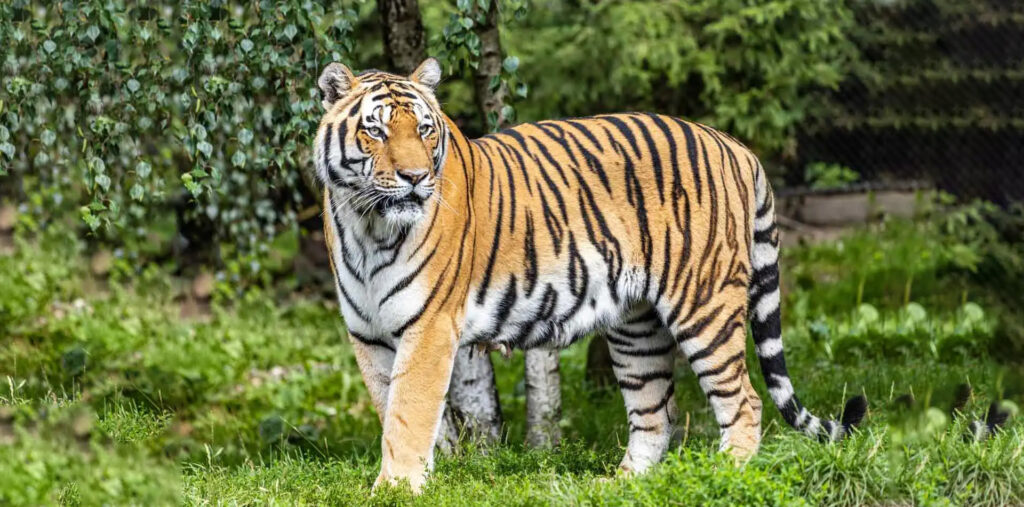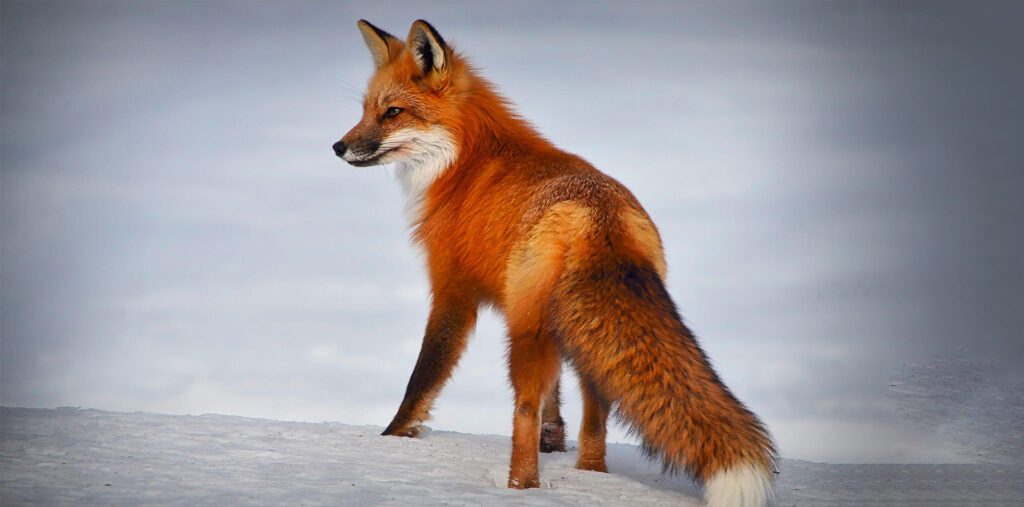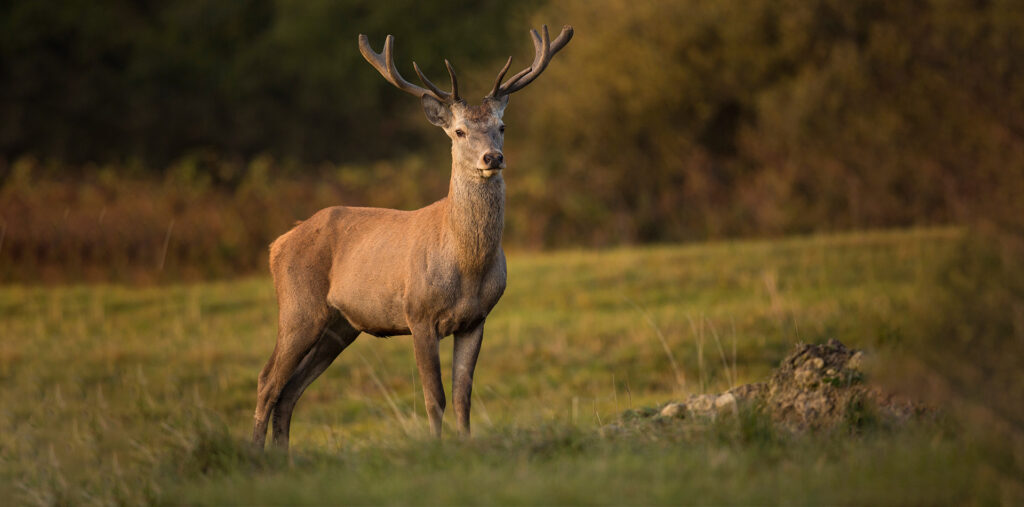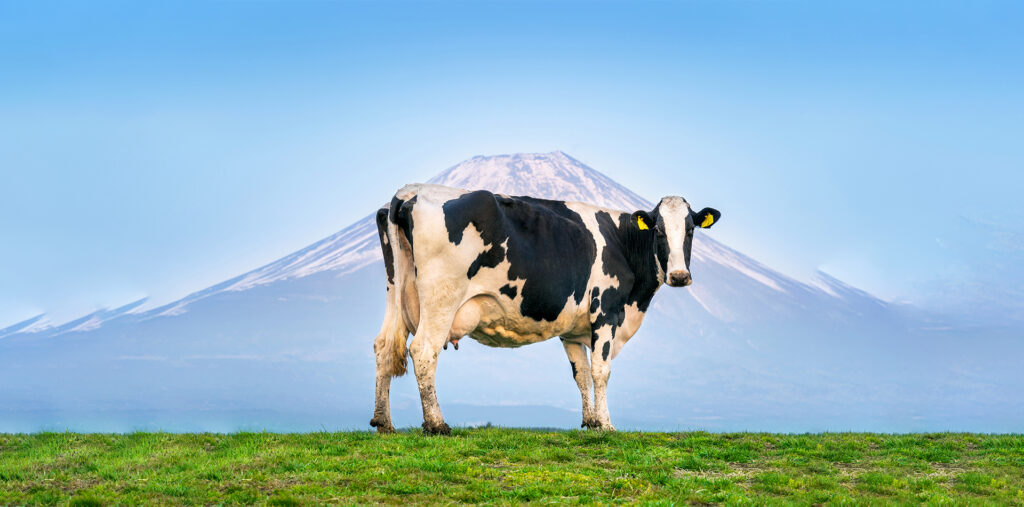Meet with Camel
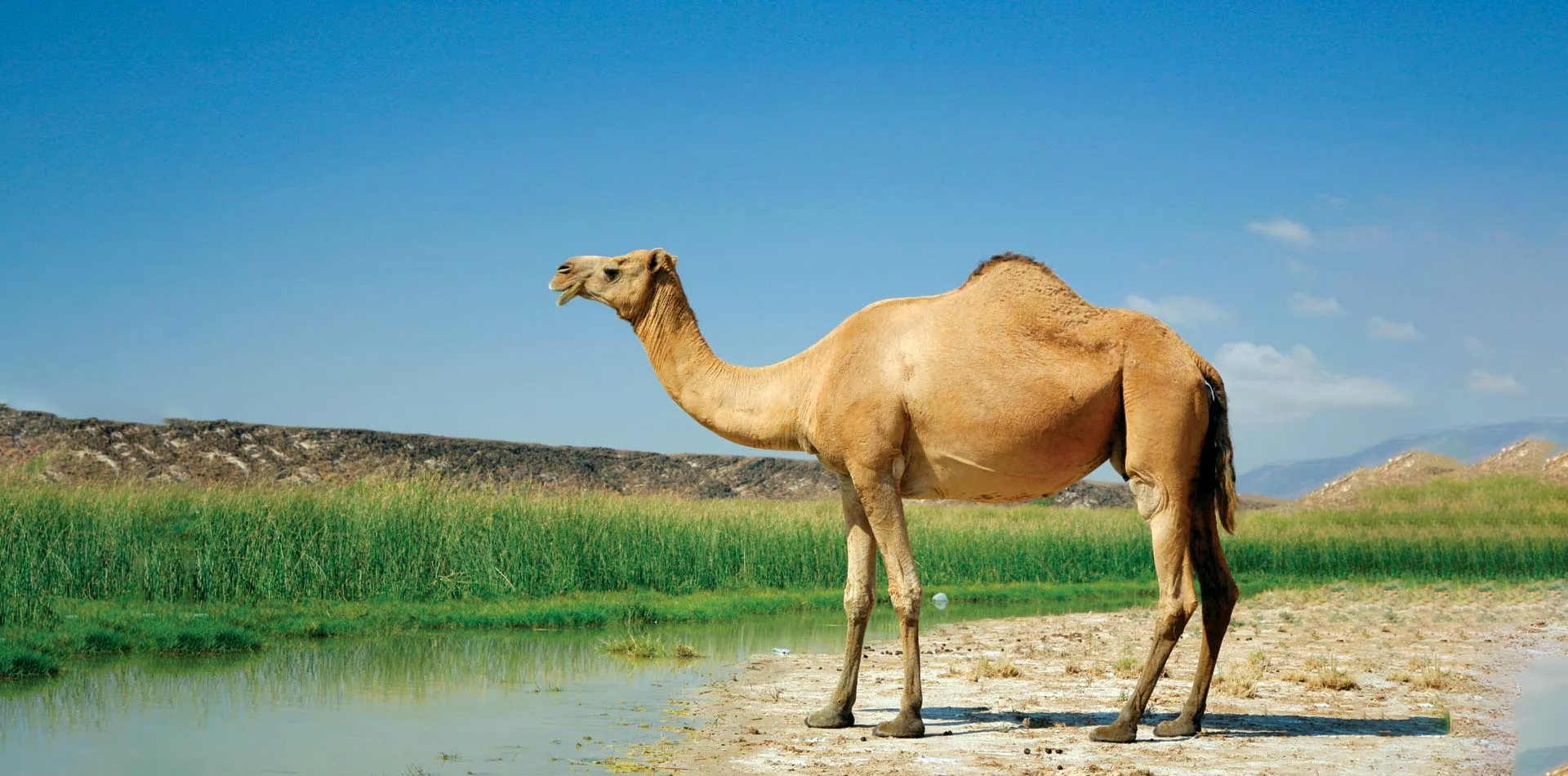
Welcome to our exploration of the fascinating world of camels! These remarkable creatures, known as the “ship of the desert,” have adapted to thrive in some of the harshest environments on Earth. From their unique physical features to their vital role in human history, camels hold a special place in the hearts and minds of people around the world. In this “Unveiling the Marvels of the Camel: A Closer Look at the Ship of the Desert” blog post, we’ll delve into everything you need to know about camels, from their anatomy and behavior to their cultural significance and practical uses.
Anatomy and Adaptations:
Camels are uniquely adapted to life in arid environments, with a suite of physical features that enable them to survive in the desert. Their most distinctive adaptation is their humped back, which stores fat reserves that can be converted into energy when food and water are scarce. Camels also have specialized nostrils that can close to prevent sand from entering their airways, as well as thick fur that protects them from the sun’s intense heat during the day and insulates them from the cold at night.
Behavior and Social Structure:
Camels are social animals that live in groups known as herds or caravans. Within these groups, there is usually a dominant male known as a bull, along with several females and their offspring. Camels communicate with each other through a variety of vocalizations, body language, and behaviors, such as grunting, hissing, and spitting. Despite their reputation for being stubborn, camels are intelligent and can form strong bonds with their human handlers through positive reinforcement training.
Cultural Significance:
Camels have played a vital role in human history for thousands of years, serving as transportation, pack animals, and sources of milk, meat, and wool for nomadic peoples in desert regions. They have also been revered in various cultures and religions as symbols of endurance, resilience, and survival. In many parts of the world, camels are celebrated in festivals and ceremonies, and their images are depicted in art, literature, and folklore.
Practical Uses:
In addition to their cultural significance, camels continue to be valued for their practical uses in modern society. They are still widely used as pack animals and transportation in many parts of the world, particularly in remote and arid regions where other forms of transportation are impractical. Camels are also used for their milk, which is highly nutritious and can be consumed fresh or processed into dairy products such as cheese and yogurt.
Camels are truly remarkable creatures that have adapted to thrive in some of the most challenging environments on Earth. From their unique anatomy and behavior to their cultural significance and practical uses, camels continue to fascinate and inspire people around the world. Whether you encounter them in the desert sands or learn about them in books and documentaries, the presence of camels is a testament to the ingenuity and resilience of nature.
